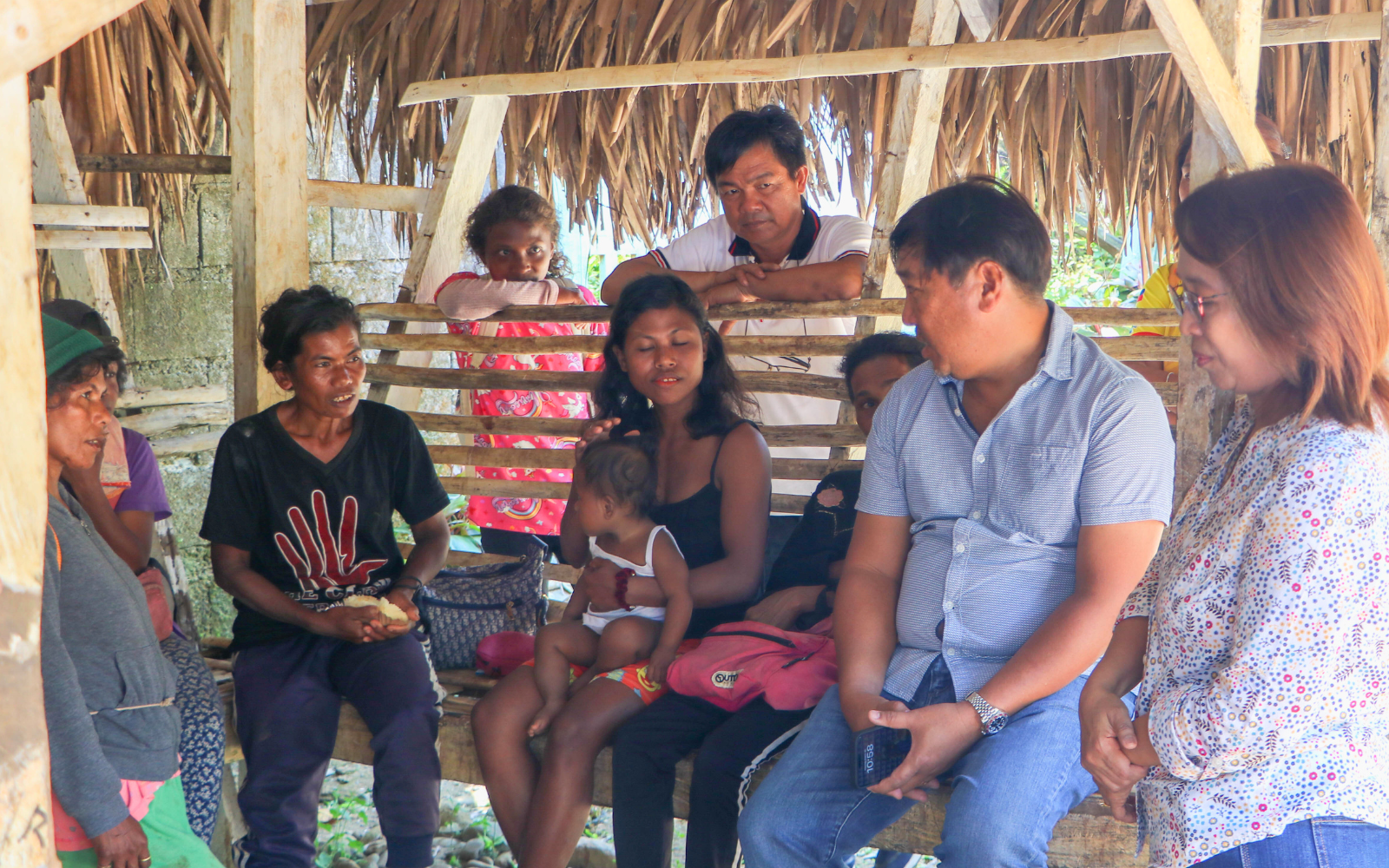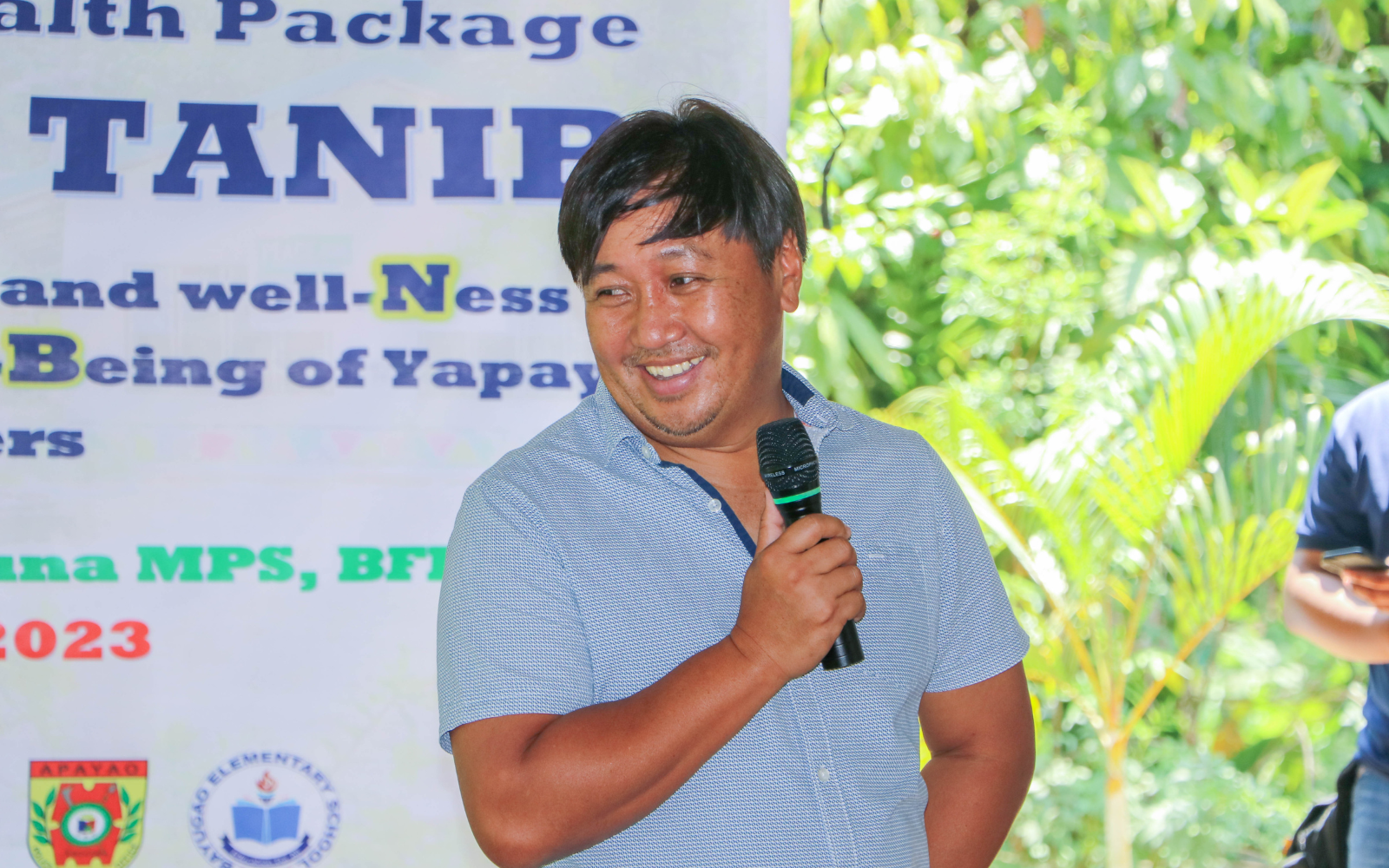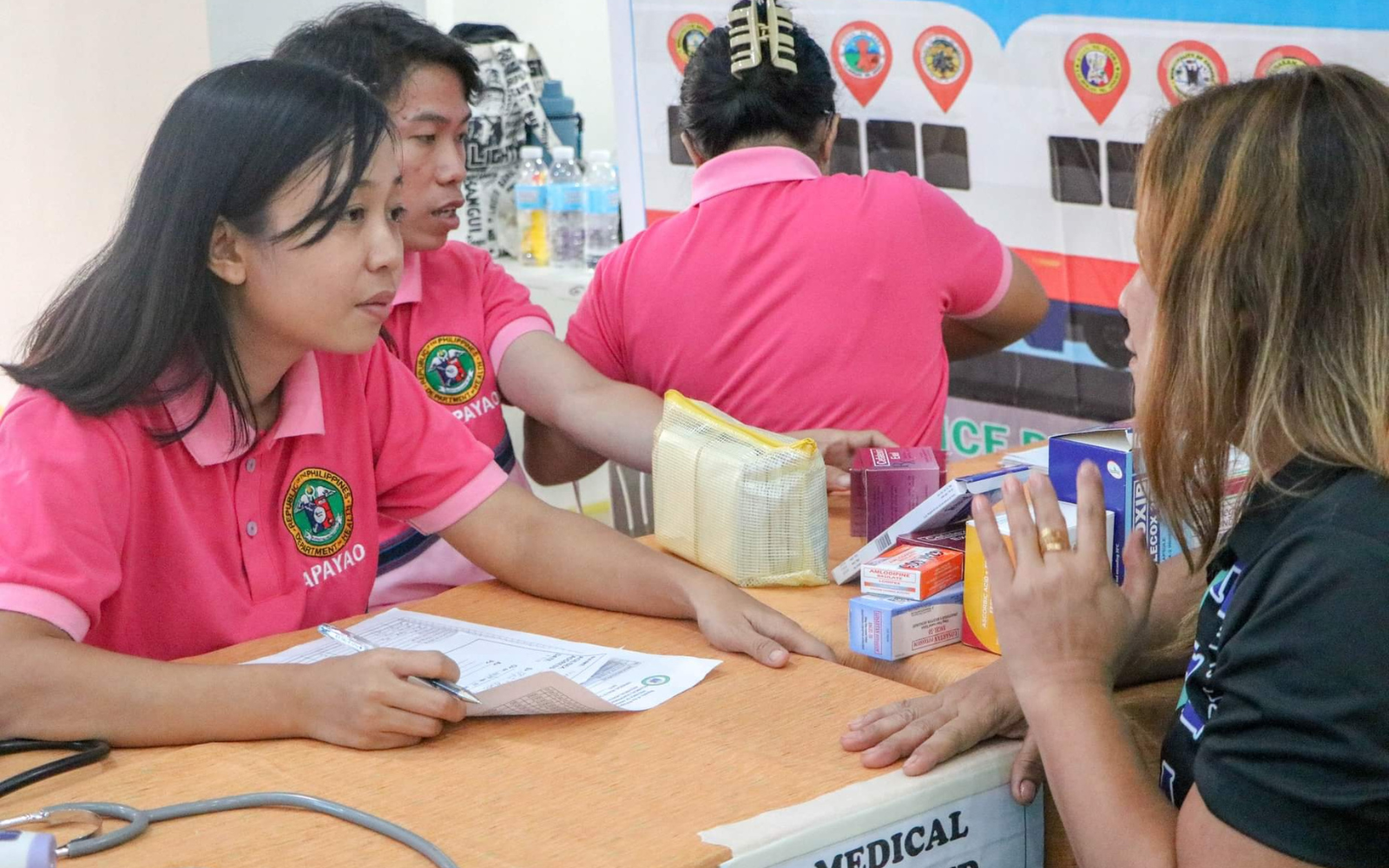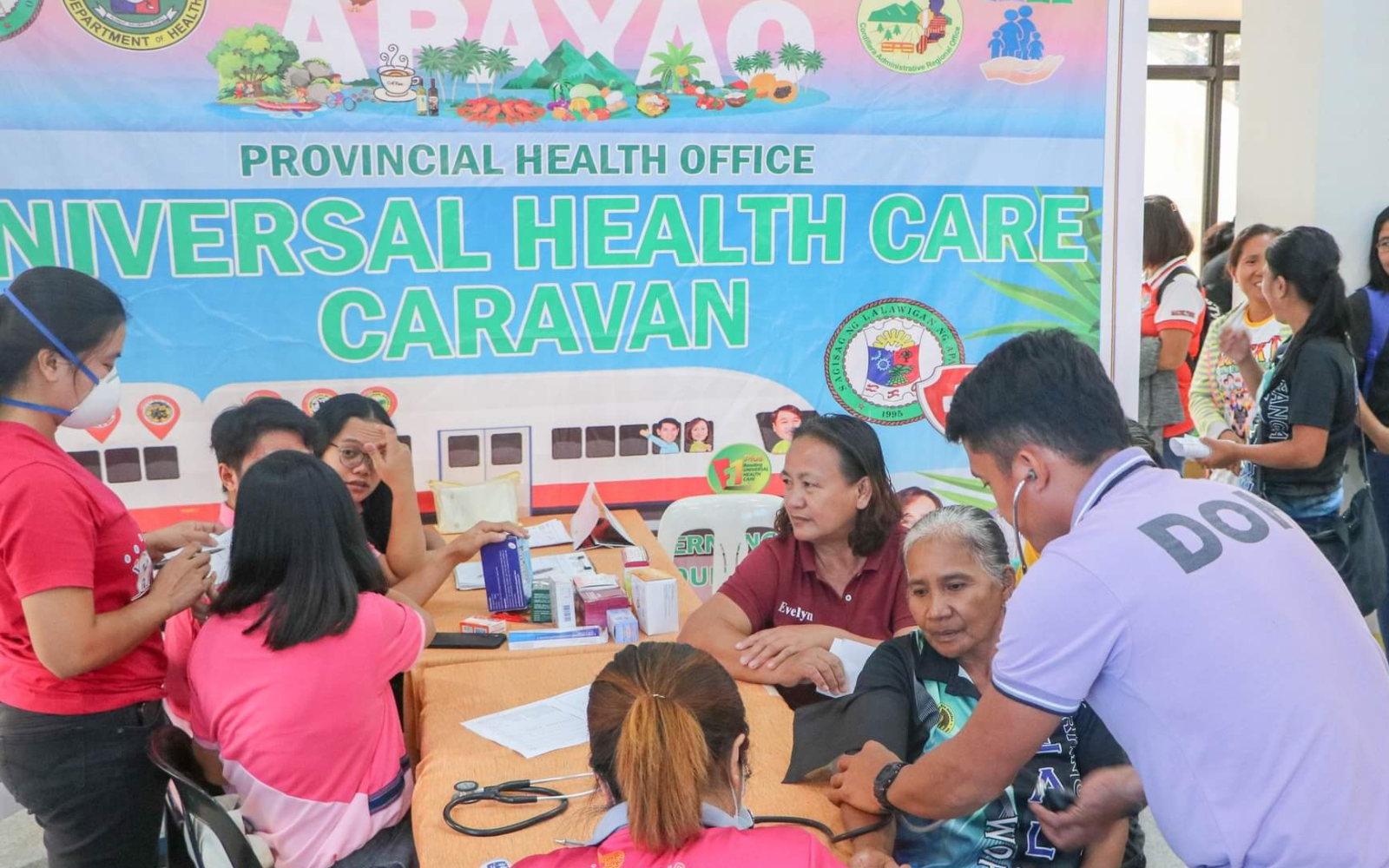Leading the Change: Governor Bulut’s Journey Towards Universal Health Care in Apayao
Stories

In 2022, the province of Apayao became among the last Universal Health Care implementation sites (UIS) in the Cordillera Administrative Region (CAR). Nonetheless, the province swiftly completed all preparatory requirements in the first quarter of the following year. By the end of 2023, it had achieved 61.1% of organizational and 30% of functional level requirements.
Much of the progress may be owed to the proactive leadership of Governor Elias C. Bulut Jr., who enjoyed abundant support from the Department of Health (DOH) regional office. DOH-CAR enrolled provincial health leaders to the University of the Philippines Manila for the Provincial Leadership Development Program (PLDP), which is among the courses under the Zuellig Family Foundation’s Bayang Malusog health leadership programs.

A seasoned politician, Bulut successfully convened and persuaded all seven municipal mayors to actively participate in realizing UHC. He provided clear direction and ensured agreement among his provincial health team on their respective deliverables, facilitating rapid progress under the province’s banner project called BUTSY (Bringing Universal health care services Towards a Sustainable program implementation Yielding to a resilient Apayao).
Bulut was also cognizant of the fact that health is a social issue so it is vital to address social determinants to ensure sustainability. As an initiative, his administration institutionalized mechanisms to provide livelihood projects, educational and medical assistance to Iyapayaos through the ASENG (Apayao Socio-Economic Efforts Necessary for Growth) Program. In fact, its sub-program, the ASAP (Apayao Student Assistance Program), envisions each Iyapayao household to produce at least one professional. Through these projects, Bulut hopes for a sustainable improvement in the overall well-being of every Iyapayao.
Demonstrating accountability for his province’s health outcomes, Bulut promptly acknowledged their shortcomings when questioned about the increase in maternal mortality ratio (253 in 2023 from 68 in 2019) and significant decline in child immunization rate (16% in 2023 from 71% in 2019). However, he possessed a clear understanding of necessary actions.
Bulut prioritized human resources, allocating a supplemental budget to fill critical positions in the provincial health office (PHO), which is ably headed by Dr. Mark Joleen Calban, the provincial health officer.

They now boast a senior officer each for surveillance and public health units. Additionally, they appointed a head for the health promotion section, crucial for realizing Bulut’s vision of educating and fostering acceptance of medical services and health programs among the province’s population, which includes over 50% indigenous peoples. This aims to reduce unskilled home deliveries, irregular checkups, and vaccine hesitancy.
Recognizing the important role of the Barangay Nutrition Scholars (BNS) and Barangay Health Workers (BHWs) as health educators and workers on the ground, Bulut spearheaded the institutionalization of incentive mechanisms for them. For 2023 alone, the province allocated at least 4.5 million pesos as cash incentives for all accredited BNSs and BWHs on top of the 1.2 million pesos worth of kits.
Efforts were intensified to train health workers in service delivery, promotion, and supply chain management. There was a challenge to extend services to 54 hard-to-reach villages but the provincial government incentivized doctors and specialists to serve in extension clinics by offering higher daily per diems and free board and lodging. Although Apayao’s doctor-to-population ratio currently stands at 1:9567, contractual physicians stand to alleviate the health burden.

Before the end of 2023, Bulut also approved the 5-year Health Facility Development Plan for the 5 provincially-operated infirmaries amounting to almost half a billion pesos covering personnel services, training needs, equipment, and infrastructure. He also envisioned these facilities to each have add-on specialty services such as Dialysis Center, Radiologic and Imaging, Upgraded Maternal, Neonatal and Child Health, and Drug Testing Laboratory. This is on top of the upgrading of the 2 infirmaries to level 1 hospitals, one for Lower Apayao and one for Upper Apayao.
In 2024, the PHO plans to recruit an information analyst and a senior program officer for planning. They are also considering hiring a senior program officer for supply chain management to oversee the recently centralized procurement system that has prevented medicine stock outs across their seven facilities, comprising two level-2 hospitals and five infirmaries. Consignment arrangements for drug supply are also being explored.
Despite the province’s significant strides, Apayao’s health team remains vigilant, recognizing the need for further dialogue with local health leaders to refine the patient referral system to align with UHC requirements. They must also address the persistent issues of teenage pregnancy and malnutrition, acknowledging that their solutions extend beyond the health sector.
With unwavering commitment, strategic foresight, and invaluable coaching support from DOH’s Charlyn Tagabing, Governor Bulut is poised to see his people enjoying the benefits of UHC sooner than expected.
